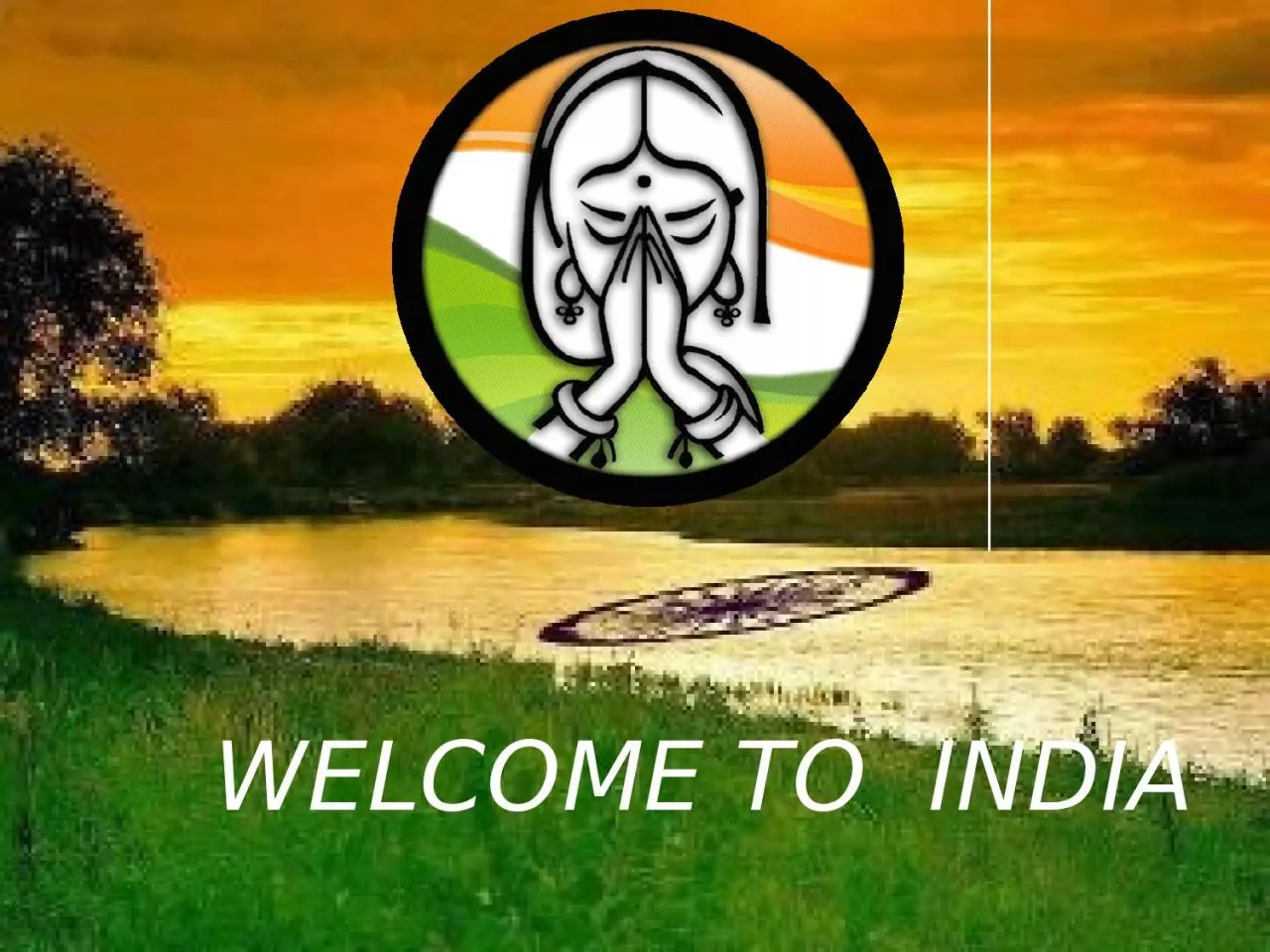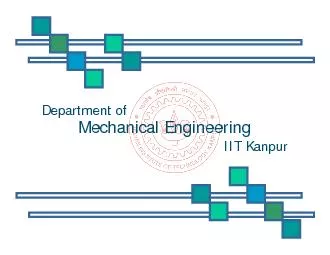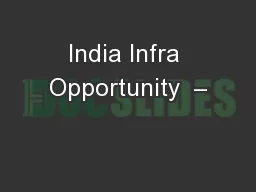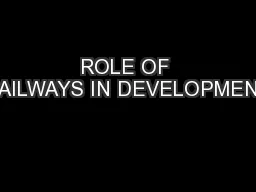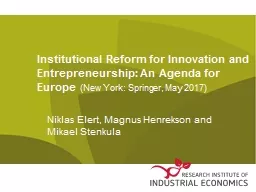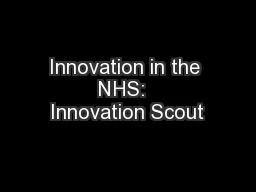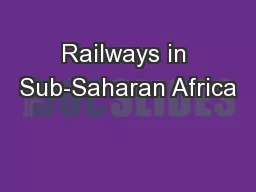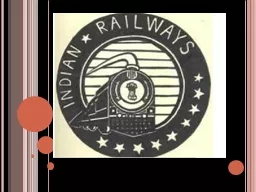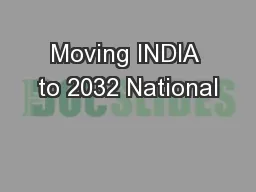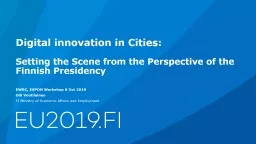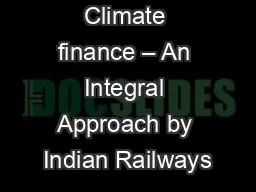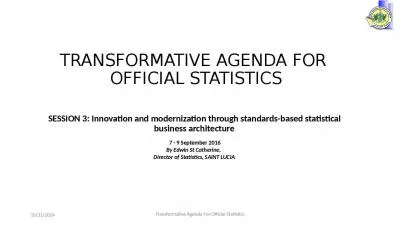PPT-Innovation on agenda of Indian Railways
Author : winnie | Published Date : 2023-10-30
WELCOME TO INDIA BY Shailendra N Jaiswal Deputy Director General PRESENTATION ON INDIA ampINDIAN RAILWAYS THE TAJ Greatest Brand Ambassadors Modern Mahatma
Presentation Embed Code
Download Presentation
Download Presentation The PPT/PDF document "Innovation on agenda of Indian Railways" is the property of its rightful owner. Permission is granted to download and print the materials on this website for personal, non-commercial use only, and to display it on your personal computer provided you do not modify the materials and that you retain all copyright notices contained in the materials. By downloading content from our website, you accept the terms of this agreement.
Innovation on agenda of Indian Railways: Transcript
Download Rules Of Document
"Innovation on agenda of Indian Railways"The content belongs to its owner. You may download and print it for personal use, without modification, and keep all copyright notices. By downloading, you agree to these terms.
Related Documents

